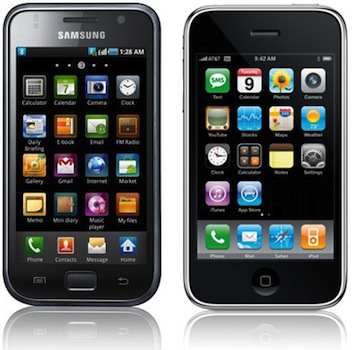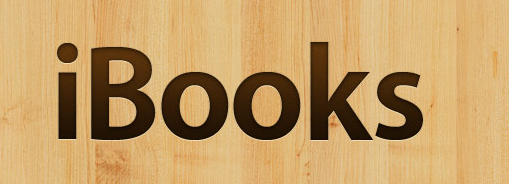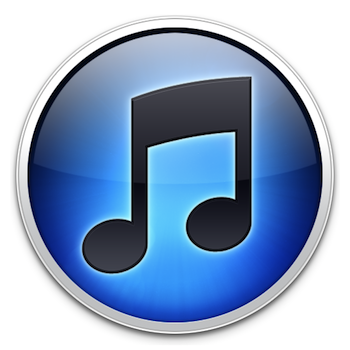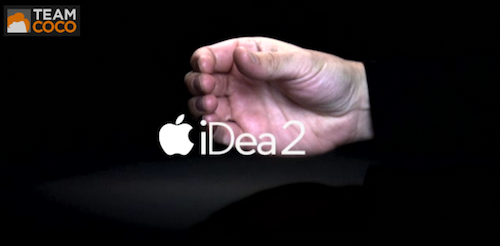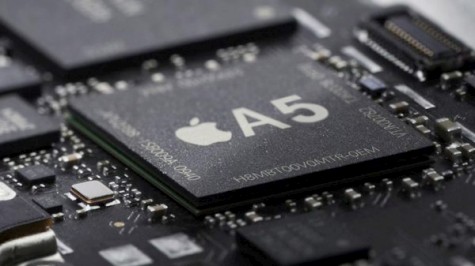While it’s not obvious to consumers, the backend (those giant server farms) required to serve social networking websites, Google Documents, and soon iTunes media, facilities from giants like Twitter, Microsoft, Amazon, Facebook, and Apple have gone under the scrutiny of Greenpeace in a recent report which evaluates the companies’ transparency in energy usage, the decisions that go into choosing a location and how those facilities are powered, and willingness to correct and pursue green technologies. At the heart of the conversation is king coal, nuclear energy, and the argument of cheap energy sources vs. more expensive, albeit cleaner technologies.
The recent influx of mega utility-scale data centres intowestern North Carolina (Facebook, Google, Apple) was influencedby the attractive electricity prices offered by local utilities (DukeEnergy and Progress Energy), which had extra capacity of dirty coaland nuclear power following the departure of the region’s textileand furniture manufacturing.
Apple’sdecision to locate its iDataCenter in North Carolina, which has an electrical grid among the dirtiest in the country (61% coal, 31% nuclear), indicates a lack of a corporate commitment to cleanenergy supply for its cloud operations. The fact that the alternativelocation for Apple’s iDataCenter was Virginia46, where electricity isalso comes from very dirty sources, is an indication that, in additionto tax incentives, access to inexpensive energy, regardless of its source, is a key driver in Apple’s site selection.
That’s obviously true. Apple has been approved $46 million in tax breaks, with an 85% cut in property taxes and a 50% slash in real estate taxes. Apple has gotten a nice plot of land for dirt cheap, but just how much power will this datacenter suck up on the “dirty grid?”
Apple’s new $1bn US dollar‘iDataCenter’ in North Carolina is estimated to require as much 100MW of power, equivalent to about 80,000 US homes.
Apple could soon consume 200MW of power if they build a second datacenter in parallel with the first, taking advantage of the generous tax breaks. Thus far, Apple ranks the lowest in energy efficiency with over half (54.5%) of their total power consumption reliant on coal energy. Apple’s Clean Energy Index scores a paltry 6.7%, and while Apple has increased their efforts to pursue green technologies, the company hasn’t set any renewable energy or greenhouse gas targets to further a transition to renewable energy sources.
[Greenpeace Dirty Data Report via Huffington Post]



